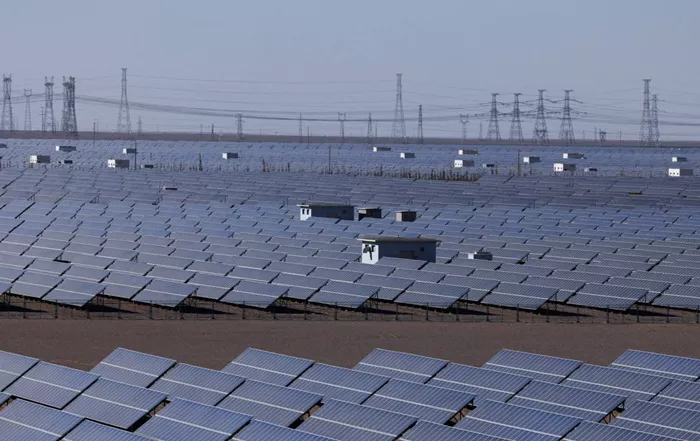The inverters, which convert direct current (DC) from solar panels into alternating current (AC) for grid use, were found to include undocumented cellular radio components not mentioned in technical documentation or product specifications.
These findings have sparked serious national security concerns. Experts warn that the rogue devices could enable remote access to vital energy systems by bypassing established security protocols and firewalls used by utility companies.
Potential for Remote Exploitation
Cybersecurity analysts suggest the undocumented devices could establish hidden communication channels, allowing foreign actors to remotely access, manipulate, or even disrupt power delivery operations without detection.
Reuters reported that multiple Chinese inverter models have been found to contain such hardware over the past nine months. Similar equipment has also been discovered in battery storage systems from various Chinese manufacturers.
The concealed nature of the components suggests deliberate attempts to avoid regulatory and security oversight.
“We know that China believes there is value in placing at least some elements of our core infrastructure at risk of destruction or disruption,” said Mike Rogers, former director of the National Security Agency (NSA).
Strategic Energy Risks
Security experts warn that coordinated manipulation of these components could destabilize power grids, potentially leading to widespread blackouts. This threat is heightened by the fact that Chinese-made inverters now control a significant portion of renewable energy capacity in both the U.S. and Europe.
The Department of Energy has acknowledged the issue, stating it “continually assesses risks associated with emerging technologies” and citing “ongoing challenges with manufacturers failing to disclose full device functionalities.”
The discovery has accelerated efforts by utility providers to reduce reliance on Chinese-manufactured components, with many now seeking trusted alternative suppliers.
Analysis of Unauthorized Communication Modules
Investigators analyzing the internal architecture of the affected inverters found secondary cellular radio modules connected directly to the control boards via undocumented data lines. These modules operate separately from the documented network interfaces.
According to researchers, the rogue components can establish encrypted connections to external servers without raising alerts in standard network monitoring tools.
More concerning, these modules appear capable of receiving remote commands to adjust vital operational parameters, including frequency tolerance, power output, and grid synchronization settings.
Simultaneous manipulation of these parameters across many grid-connected inverters could lead to frequency instability, voltage irregularities, or the shutdown of renewable power systems during high-demand periods.
Infrastructure Impact
This vulnerability is especially serious given the rapid expansion of solar power in the West. In some regions, Chinese-manufactured inverters manage over 200 gigawatts of solar capacity — equal to the output of more than 200 nuclear reactors.
Officials emphasize the need for urgent action to safeguard energy infrastructure and reduce exposure to foreign technology risks in critical sectors.


